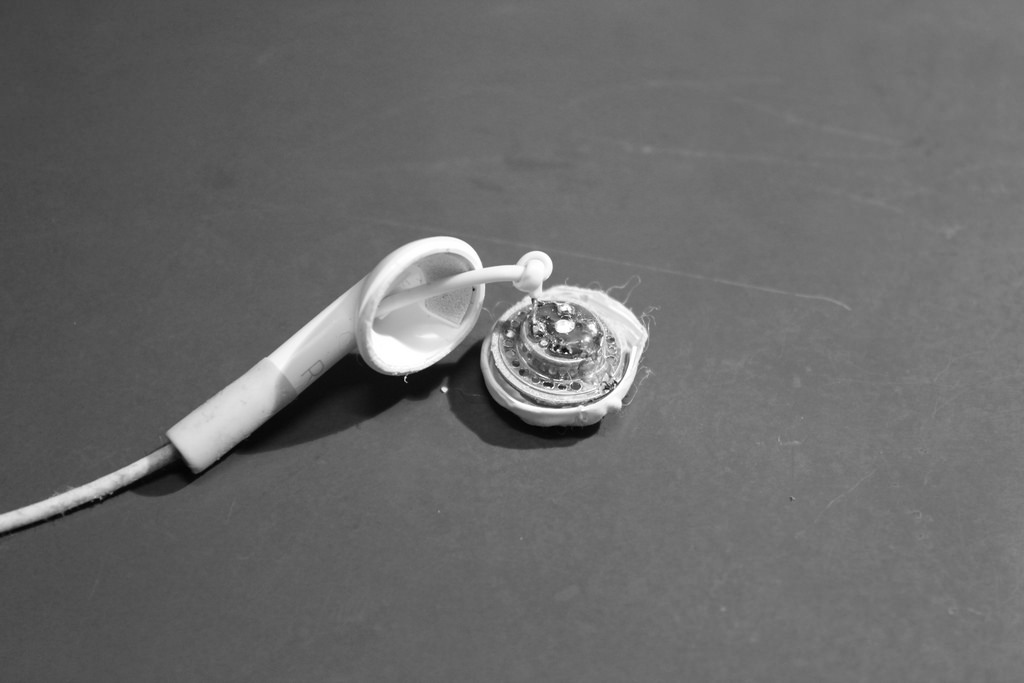At the end of the day, nothing matters more than customer satisfaction. Fundamentally, this sounds quite simple; make the customer happy, and all is well. Keeping customers happy and loyal to your brand, however, is not as easy as it sounds. There are many factors that influence a customer’s experience. Things like proper packaging, attentive customer service, and product quality are important when trying to keep customer satisfaction high. The production of high-quality products is arguably the most important part of this process, but it isn’t cheap. On the other hand, the costs incurred from having a low-quality product can be much more expensive.

The Cost of an Underperforming Product
Keeping product quality high can be an expensive expenditure to deal with. Replacing or repairing a broken machine is costly, and few people would say that it’s not necessary. Ultimately, as a manufacturer, if your products are sub-par, you are guaranteed to lose customers. That is far more expensive. When it comes to losing the lifetime value of a customer because they’re unhappy, there is no question about it; avoid it at all costs.
Repair and replacement costs are pretty much unavoidable, and that is why it is important to focus on effective ways to go about incurring these costs. Every year, manufacturers waste money replacing and repairing machines before squeezing out every ounce of value from the machine. This underutilization of resources isn’t a financial problem as much as it is an information problem. The Internet of Things (IoT) and data analytics technology allow manufacturers to optimize the usage of their machines and save money in the long-run.

Wasted Time Detecting Bottlenecks
The most valuable commodity, by far, is time. The amount of time that plant managers spend on either searching for bottlenecks or suffering from having them at all is staggering. Without IoT devices to gather ongoing and accurate data on machines, technicians are forced to make more assumptions with less data. This increases the chance of unnecessary repairs and ultimately wastes time. It’s important for plant managers to identify the source of a given productivity problem once they know it exists.
Rather than spending days or even weeks spot-checking their individual machines to find the productivity constraint, a manager’s time would be much better spent actually dealing with the problem. Having access to data via IoT devices empowers plant managers to get a better look at what’s really going on in their factories and to solve problems that are facing their organization faster.
The Opportunity Cost of the Compound Benefit
 Costs that are often overlooked are opportunity costs. Having access to big data and data gathering devices helps with these costs and because of this is an appreciable commodity. It is a long-term investment that will definitely appreciate in value. Just like most successful investments, investing early on gives you the benefit of compound interest. Manufacturers can benefit immensely by focusing primarily on data gathering mechanisms.
Costs that are often overlooked are opportunity costs. Having access to big data and data gathering devices helps with these costs and because of this is an appreciable commodity. It is a long-term investment that will definitely appreciate in value. Just like most successful investments, investing early on gives you the benefit of compound interest. Manufacturers can benefit immensely by focusing primarily on data gathering mechanisms.
In the increasingly complex world, data is just another tool in a business leader’s toolbox that can be used to facilitate sufficient and accurate decisions. Information gathered today will allow manufacturers to make decisions tomorrow. While other manufacturers struggle to digitize and build a smart factory, early adopters will begin benefitting from the compound interest. Becoming an early adopter of IoT technology doesn’t have to be difficult or obscenely expensive either. If done with the right service, being an early adopter could be a phone call and consultation away.
The Cost of Wasted Material
Material waste from poorly maintained machine is another heavily overlooked cost for manufacturers. Each year, manufacturers who fail to keep strict track of whether or not their production lines are on spec lose enormous amounts of money. This can be likened to printing 100,000 copies of a flyer with an obscene typo on it; it’s embarrassing, wasteful, and expensive. Miniscule quality issues like this can easily be avoided through better tracking practices or by implementing data analytics technology.
Overall, it’s quite clear that spending money on quality isn’t only productive, but it’s also absolutely necessary. However, that doesn’t only mean manufacturers should repair and replace their machines when needed; there is a technology component to this. Investing in technology that will put manufacturers ahead of their competitors in the long-run is a must. Don’t get left behind in the dust of your industry’s early adopters and digitize soon!

